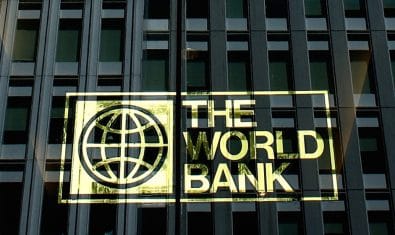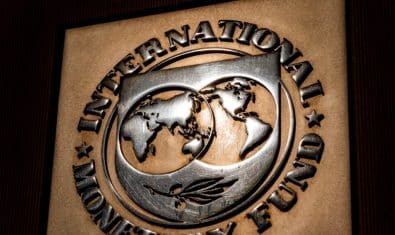Pakistan is facing formidable challenges, including poor governance and severe corruption, lack of economic growth, lack of security within the country and on the border, in improving its future food security, said Asian Development Bank (ADB).
ADB, in its latest report “Food insecurity in Asia”, states that Pakistan has to overcome these challenges in order to achieve durable societal development outcomes that are fundamental to achieving stable economic growth and in turn to improving its future food security.
In the foreseeable future, Pakistan is most likely to continue to be subject to considerable sociopolitical, economic, and environmental volatility. However, deep reforms and thus improvements in governance must first be carried out soon to unleash the country’s growth potential.
Without substantial improvements in governance and reduction in corruption, decent economic growth is hard to anticipate and hunger and malnutrition will continue to prevail because of the mal-distribution of resources and the lack of purchasing power among the poor.
The report states that poverty and lack of economic access to food is one of the major causes for the high level of food insecurity and also the seemingly high self-sufficiency ratio (SSRs) in most food items.
Had these poverty-stricken people been able to increase their food purchases, Pakistan’s food security level would have improved and its SSRs dropped. In Pakistan the major cause of food insecurity is mainly a problem of access, chiefly economical and sometimes physical, to food by the poor.
Pakistan’s corruption perceptions index (CPI) of 29% is very low, making it one of the most corrupt countries in the world. Corruption causes misuse and misallocation of resources and an inequitable distribution of income. This in turn adversely affects the achievement of a higher level of food security.
Pakistan has been politically unstable since its inception in the late 1940s. Its index of “political stability and absence of violence” in recent years is –2.7, suggesting political instability and the presence of violence to quite a serious extent.
Various other factors may also affect the level of Pakistan’s food security, e.g. conflicts in the border areas, militant and terror activities, and the occurrence of natural disasters. These, however, are not the determining forces, maintained in the ADB report.
The high levels of wasting, stunting, and underweight for children under 5 years of age and a high prevalence of undernourishment suggest that a large number of people do not have sufficient economic access to the required amount of food.
Environment pollution and degradation present additional challenges for Pakistan to improve its future food security. Major environment issues include water pollution from raw sewage, industrial waste and agricultural runoff, rising deforestation, soil erosion, and desertification. The huge pressure resulting from population increase has also made the environment and resource problems worse. How Pakistan coordinates the population growth to match its economic and environmental capacities requires serious attention from its government and the public. In addition, there has been a shortfall of investment in agriculture infrastructure and R&D, leading to limited innovation in the agriculture sector.
Antiquated farming methods and the inefficient use of resources have contributed to poor productivity. The slow, or absence of, significant improvement in agricultural productivity is detrimental to the rural people, especially the rural poor. Two-thirds of the country’s population and 80% of the poor population live in rural areas.
The lack of development in agricultural infrastructure and advancement in farming methods has made agricultural production difficult and inefficient, aggravating poverty in rural areas. In the country’s mountainous areas, many rural residents still do not have adequate access to food and other essential services.
Pakistan did not succeed in achieving either of the two 2015 international hunger reduction targets. For the World Food Summit (WFS) goal, the number of people undernourished in 2015 did not decrease compared with that of 1990; instead it went up by 44.2% (from 28.7 million in 1990–1992 to 44.2 million in 2014–2016).
For the Millennium Development Goal (MDG 1), it only managed to reduce the proportion of undernourished in the total population by 12.4% (from 25.1% in 1990–1992 to 22.0% in 2014–2016). Most of the other key indicators concerning food security also point to the low level of food security in Pakistan.


























